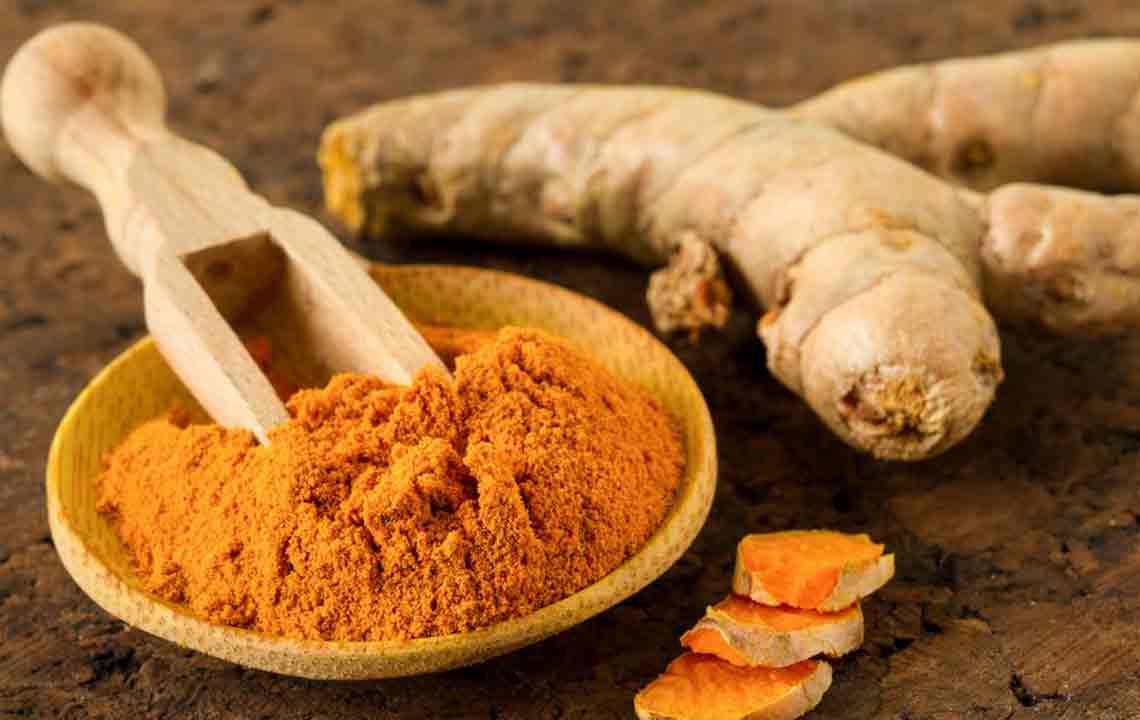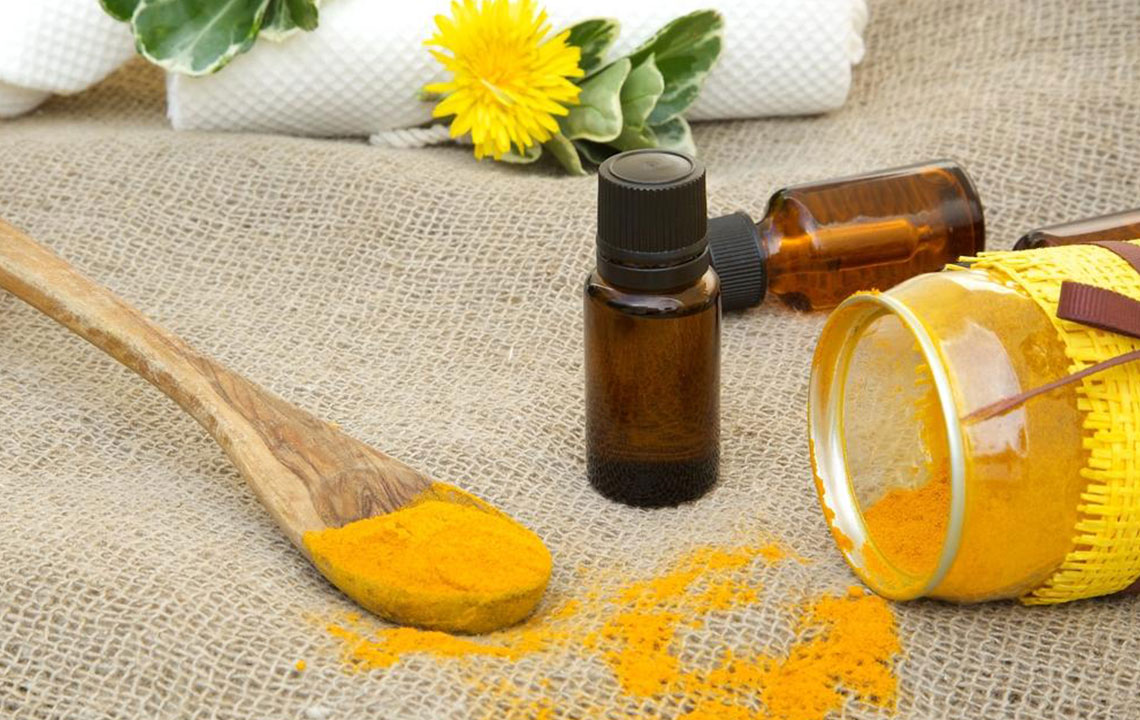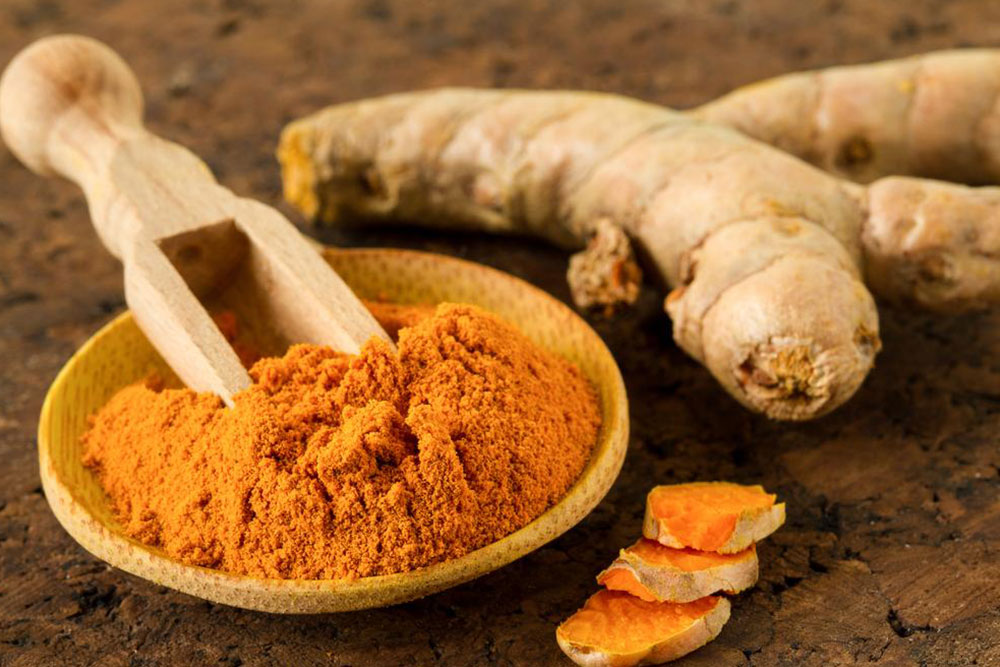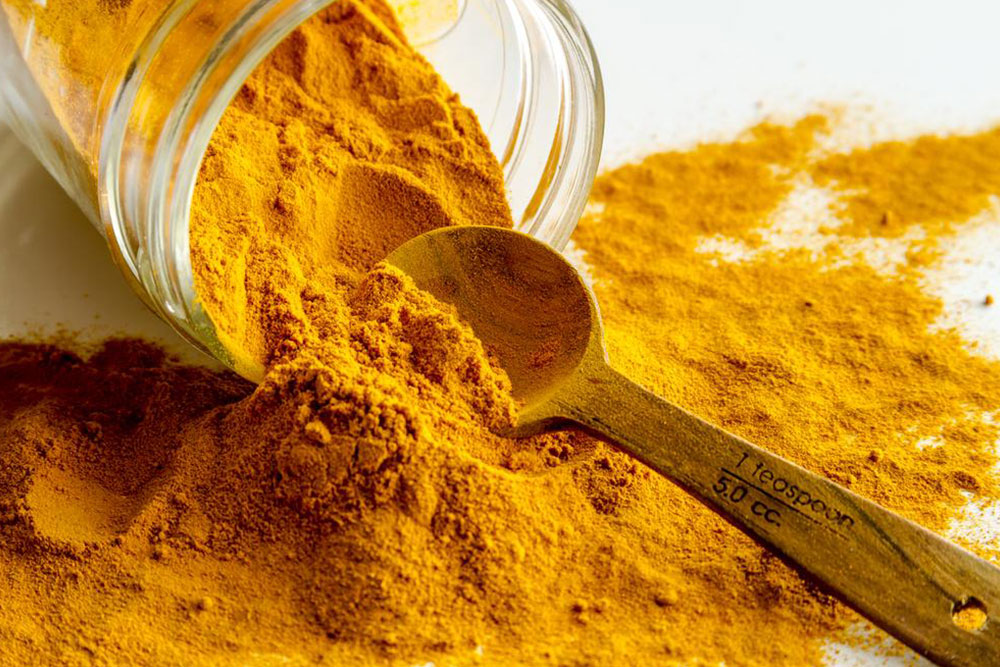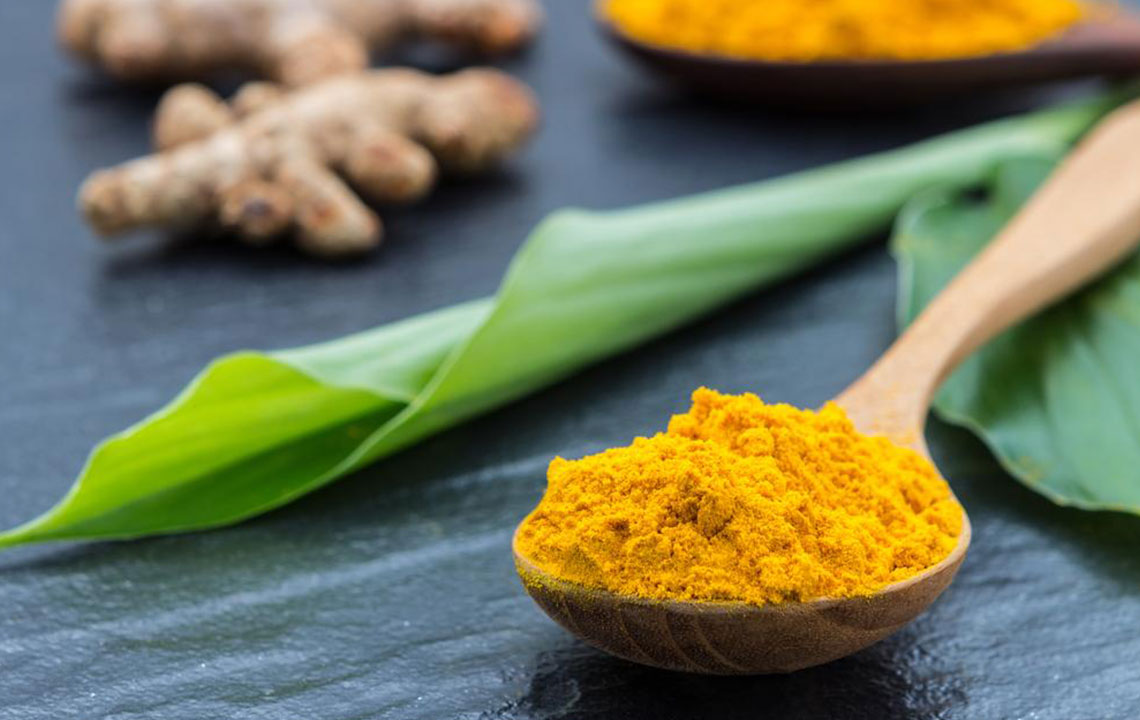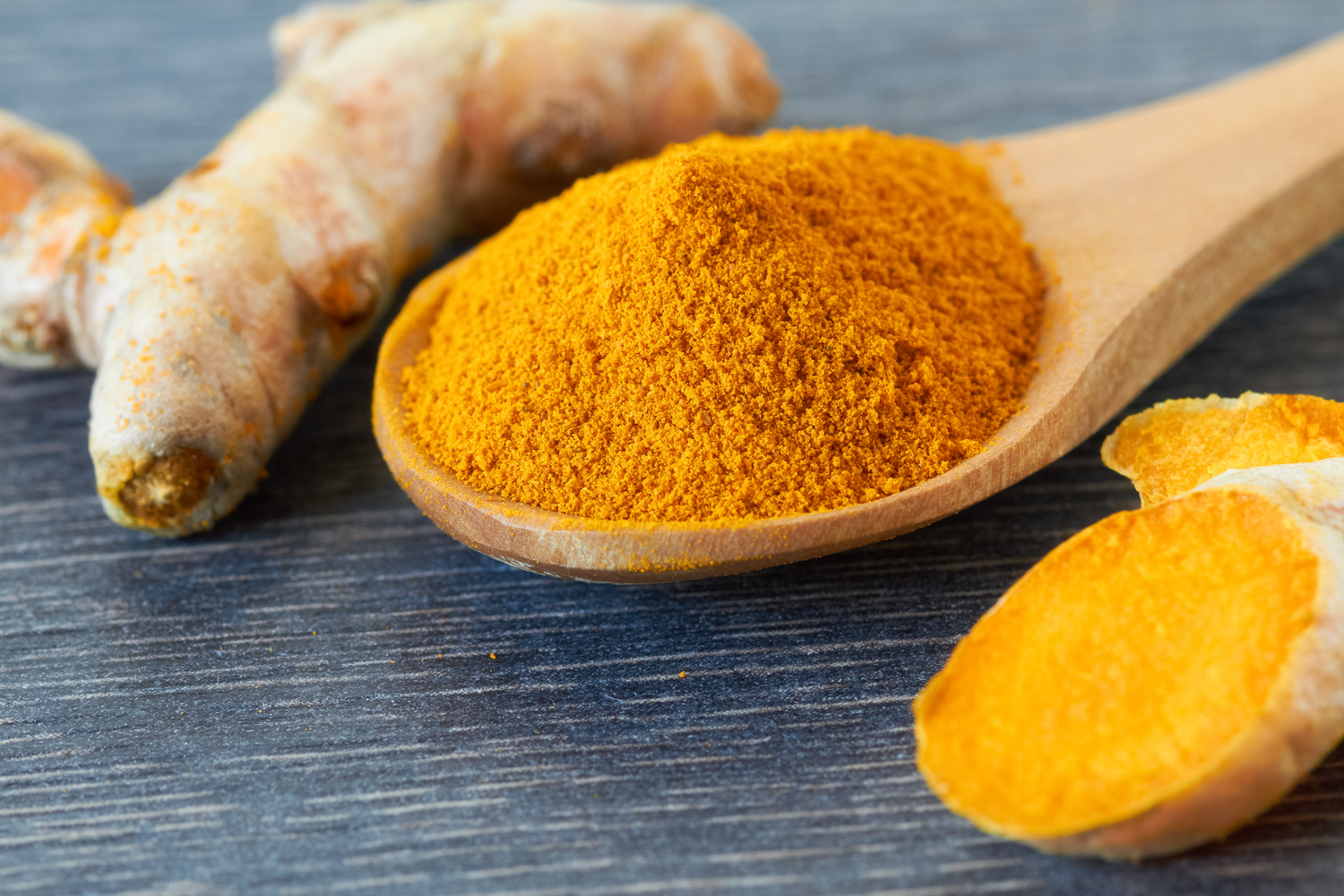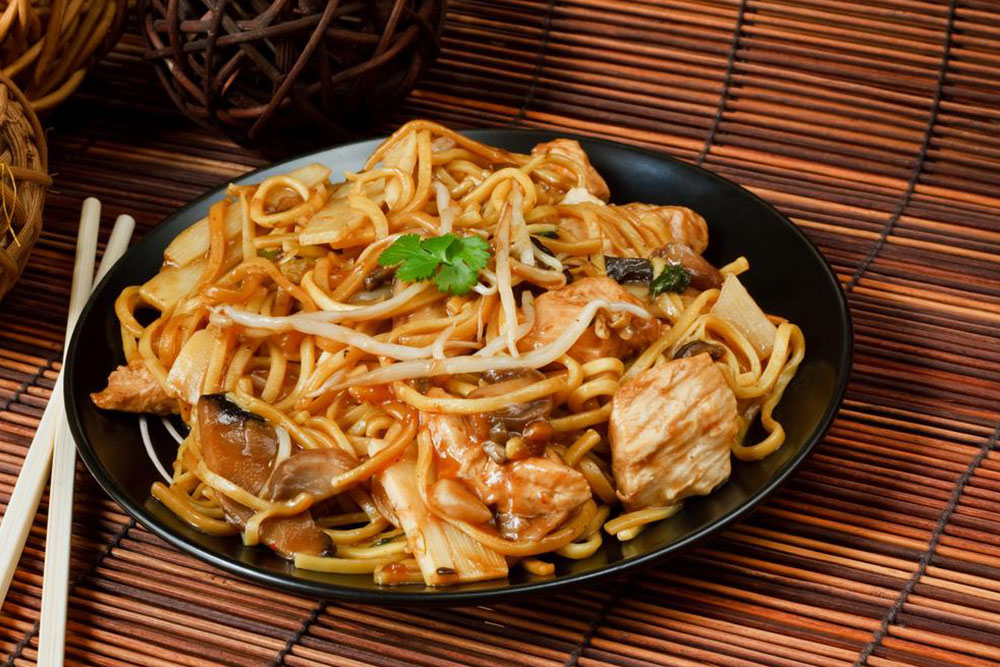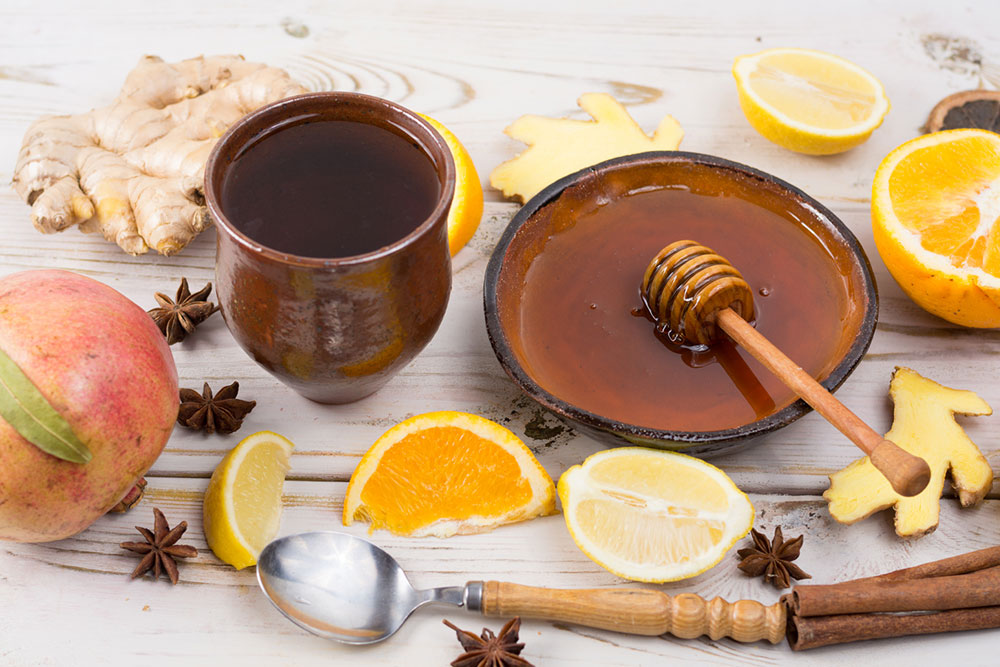Discover the Healing Power and Uses of Turmeric
Explore the health benefits, culinary uses, and medicinal properties of turmeric, a versatile spice with anti-inflammatory and antioxidant qualities. Learn about curcumin’s role, absorption tips, and precautions for safe use in this comprehensive guide.
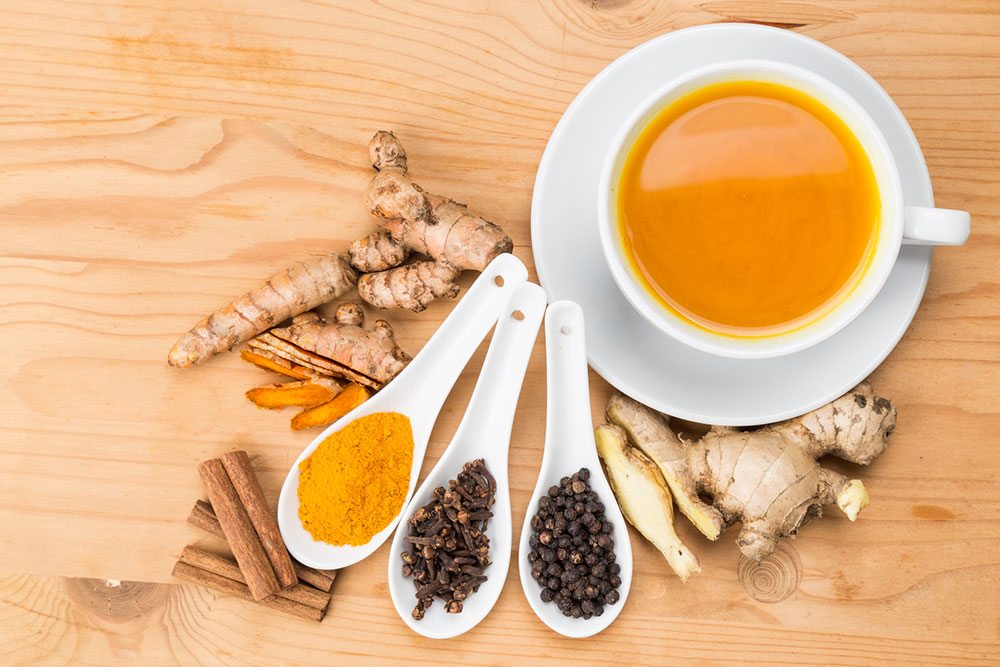
Discover the Healing Power and Uses of Turmeric
Turmeric, a bright yellow-orange spice, is increasingly valued worldwide for its health benefits. Widely used in Indian and Southeast Asian cuisines, this powerful root is also a staple in traditional medicine. Its key compound, curcumin, offers numerous potential health advantages.
What is turmeric?
Turmeric is a rhizome from the ginger family, originally from South Asia. Cultivated specifically for culinary and medicinal use, it’s not found growing wild. The root is harvested, dried, and ground into a vibrant powder used to add color and flavor to dishes, as well as in dyes and cosmetics.
Besides culinary applications, turmeric holds cultural and religious significance in many regions. Its health benefits have been recognized for centuries through traditional practices. The dried roots mainly contain carbohydrates, water, proteins, fats, minerals, essential oils, and curcuminoids, which give it its distinctive hue.
About Curcumin
Curcumin is the primary phytochemical in turmeric, responsible for many of its health properties. Although traditional medicine has long valued turmeric’s properties, scientific exploration of curcumin’s effects began in the 19th century. Its detailed chemical structure was mapped early in the 20th century.
Health Benefits of Turmeric
This spice is fundamental in South and Southeast Asian cuisine, offering an appealing color, aroma, and flavor to dishes. It enhances the visual appeal of foods and complements other spices. Turmeric’s roots are also used in steaming, pickling, and as coloring agents in baked goods, dairy, cereals, and sauces. Modern beverages like turmeric lattes and golden milks are gaining popularity globally.
In addition to its culinary uses, turmeric is employed in cosmetics. DIY face masks with turmeric can promote a natural glow, thanks to its antioxidant and anti-inflammatory properties. It’s also used to address skin issues, reduce facial hair, and serve as a microbial and UV barrier.
Medically, turmeric has been traditionally used to accelerate wound healing, treat skin conditions, and combat hair loss and dandruff. Its anti-inflammatory effects help manage chronic inflammation, with some research suggesting curcumin may delay neurodegenerative diseases, including dementia and Alzheimer’s. However, these benefits require further scientific validation.
Notable Properties of Turmeric and Curcumin
Potent antioxidant
Anti-inflammatory agent
Antiseptic
Blood sugar regulation
Supports skin health
Blood-thinning
Relieves joint discomfort
Eases sore throats
Cholesterol balancing
Enhances brain health
Potential anti-cancer effects
Using Curcumin Supplements
Since curcumin makes up a small percentage of turmeric, supplements are often recommended for targeted health benefits. Consult a healthcare professional before use.
Enhancing Absorption
Curcumin absorption is limited; combining it with black pepper or healthy fats like coconut oil improves bioavailability. Consuming it with berries and red wine may also boost its effectiveness.
Precautions
Excessive turmeric intake can cause side effects such as nausea, allergies, and gastrointestinal issues. It may lower blood sugar and act as a blood thinner, increasing bleeding risk. Pregnant women, those with gallbladder or kidney issues, and individuals with anemia or fertility concerns should avoid high doses or supplements. Always seek medical advice before use.

